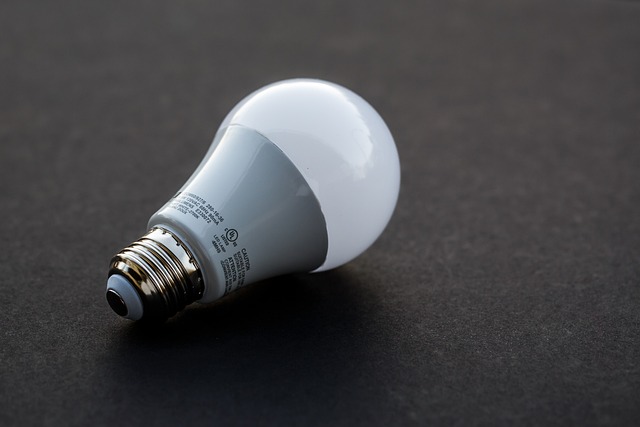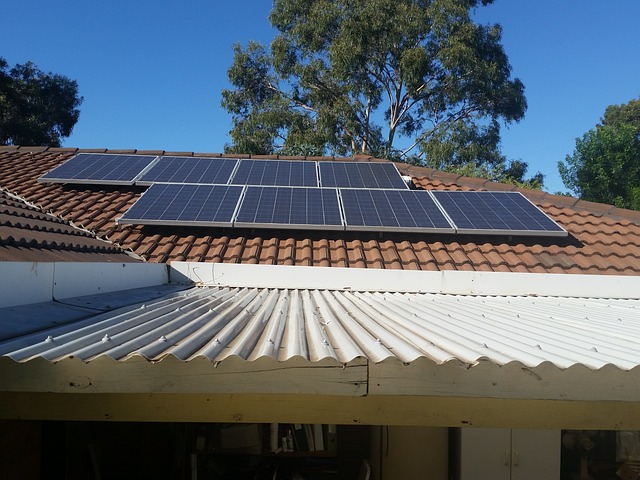In an era where environmental consciousness is on the rise, homeowners have a unique opportunity to contribute to a sustainable future by making eco-friendly choices in their living spaces. From energy-efficient upgrades to the use of sustainable materials, there are countless ways to transform your home into an eco-friendly haven. In this article, we’ll explore the concept of green living and provide you with practical ideas and tips for creating an environmentally friendly home. These suggestions are not only beneficial for the planet but can also lead to cost savings and a healthier living environment.
1. Energy-Efficient Lighting and Appliances
One of the most effective ways to reduce your home’s environmental impact is by upgrading to energy-efficient lighting and appliances. Swap out incandescent bulbs for LED or CFL bulbs, which consume significantly less energy and last longer. When it comes to appliances, choose ENERGY STAR-rated options, which are designed to consume less electricity and water. Over time, these changes can lead to a substantial reduction in your energy bills.

2. Solar Panels for Sustainable Energy
Consider installing solar panels on your property to harness the power of the sun and generate your electricity. Solar panels are an excellent investment in sustainable energy and can lead to significant savings over time. Many governments also offer incentives and tax credits to homeowners who adopt solar energy, making it even more appealing.

3. Smart Thermostats and HVAC Efficiency
Smart thermostats allow you to efficiently control your home’s temperature, ensuring that you’re not wasting energy when you’re not at home. Additionally, regular HVAC maintenance and the replacement of air filters can help your heating and cooling systems operate more efficiently, reducing energy consumption.
4. Rainwater Harvesting and Greywater Recycling
Capture rainwater in barrels or cisterns and use it to irrigate your garden or flush toilets. Additionally, you can recycle greywater (from sinks, showers, and washing machines) for non-potable uses. These practices not only reduce your water bills but also conserve precious freshwater resources.
5. Sustainable Flooring Choices
When it’s time to upgrade your flooring, opt for sustainable materials like bamboo, cork, or reclaimed wood. These materials are not only eco-friendly but also durable and aesthetically pleasing. They are renewable resources, meaning they can be harvested without depleting the environment.
6. Low VOC Paints and Finishes
When painting your home, use low-VOC (volatile organic compound) or VOC-free paints and finishes. These products release fewer harmful chemicals into the air, leading to improved indoor air quality. Low-VOC paints are available in a wide range of colors and finishes, so you don’t have to sacrifice style for sustainability.
7. Efficient Windows and Insulation
Upgrading to energy-efficient windows and improving insulation can make a significant difference in your home’s energy consumption. Double-glazed or triple-glazed windows and proper insulation keep your home comfortable and reduce the need for heating and cooling, which, in turn, lowers your energy bills and carbon footprint.
8. Composting and Food Waste Reduction
Implement a composting system in your kitchen to divert food waste from landfills. Composting not only reduces waste but also creates nutrient-rich soil for your garden. Additionally, reducing food waste by meal planning and proper storage can help conserve resources and save money.

9. Native Landscaping and Xeriscaping
When designing your outdoor space, opt for native plants that require less water and maintenance. Xeriscaping, which involves using drought-tolerant plants and minimizing water usage, is an eco-friendly landscaping practice that can conserve water and reduce your environmental impact.
10. Recycle and Upcycle Furniture and Decor
Before discarding old furniture or decor items, consider repurposing or upcycling them. DIY projects can breathe new life into outdated pieces and prevent unnecessary waste. When you do need to replace items, try to find sustainably sourced or second-hand alternatives.
11. Energy-Efficient Window Coverings
Choose energy-efficient window coverings like thermal curtains or blinds to regulate the temperature in your home. They can help keep your home cool in the summer and warm in the winter, reducing the need for excessive heating or cooling.
12. Implement a Home Energy Audit
Consider hiring a professional to conduct a home energy audit. They can identify areas where your home is losing energy and recommend improvements. An audit can help you prioritize energy-efficient upgrades.
Green living is not only about reducing your environmental impact but also about making choices that benefit your wallet and well-being. By adopting eco-friendly home improvements and sustainable practices, you can create a healthier, more energy-efficient, and aesthetically pleasing living space while contributing to a more sustainable future. Remember that every small step counts, and collectively, these efforts can make a significant difference in preserving our planet for future generations. So, as a homeowner, embrace the opportunity to make a positive impact on the environment through conscious and sustainable choices in your home.





